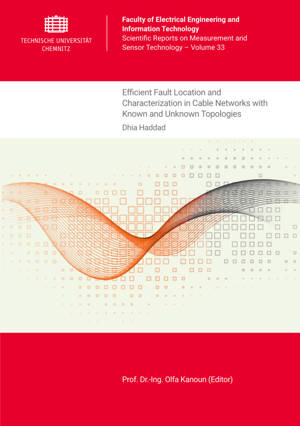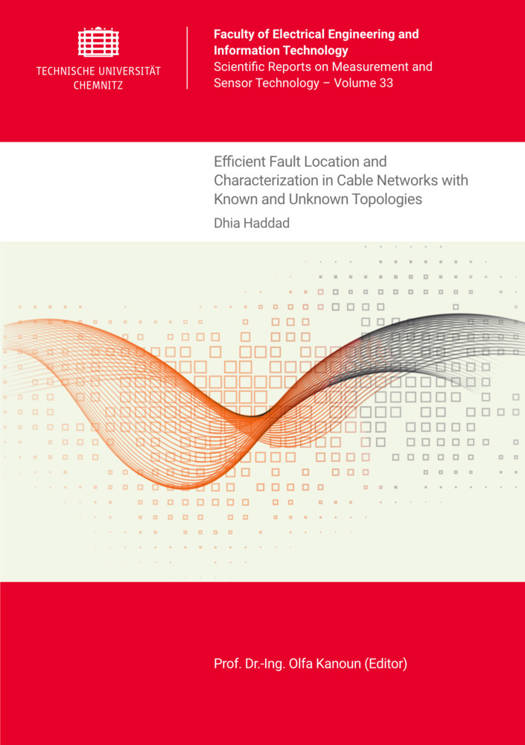
- Afhalen na 1 uur in een winkel met voorraad
- Gratis thuislevering in België vanaf € 30
- Ruim aanbod met 7 miljoen producten
- Afhalen na 1 uur in een winkel met voorraad
- Gratis thuislevering in België vanaf € 30
- Ruim aanbod met 7 miljoen producten
Zoeken
Efficient Fault Location and Characterization in Cable Networks with Known and Unknown Topologies
DE
Dhia Haddad
€ 18,95
+ 37 punten
Omschrijving
This thesis addresses the identification of defects in transmission lines, emphasizing the importance of cable network reliability in critical industries like telecommunications, automotive, and aerospace. Cable faults are classified into hard and soft faults, both of which can lead to significant safety risks and financial losses. Effective fault prediction and localization are essential.We explore methods like time-domain reflectometry (TDR) and frequency-domain reflectometry (FDR) for fault location, noting their limitations in networks with parallel branches and unknown topology, particularly regarding soft faults.The thesis introduces three innovative cable diagnosis methods:1. A cost-effective approach for detecting multiple hard faults in harnesses, using low-cost hardware that detects faults at 1 Hz, outperforming traditional reflectometry techniques.2. A distributed reflectometry method for bus-shaped networks, employing analytical modeling and an adjacency matrix to resolve reflections and locate faults accurately.3. A novel TDR algorithm for networks with unknown topology, reconstructing the topology iteratively through reflection analysis using a complex mathematical model. This method significantly enhances processing speed and accuracy.These methods address various industrial scenarios, ranging from low-risk environments to high-risk industries that require accurate soft fault location, establishing a foundation for future improvements in cable network diagnostics.
Specificaties
Betrokkenen
- Auteur(s):
- Uitgeverij:
Inhoud
- Aantal bladzijden:
- 232
- Taal:
- Engels
- Reeks:
- Reeksnummer:
- nr. 33
Eigenschappen
- Productcode (EAN):
- 9783961002429
- Uitvoering:
- Paperback
- Afmetingen:
- 148 mm x 14 mm
- Gewicht:
- 342 g

Alleen bij Standaard Boekhandel
+ 37 punten op je klantenkaart van Standaard Boekhandel
Beoordelingen
We publiceren alleen reviews die voldoen aan de voorwaarden voor reviews. Bekijk onze voorwaarden voor reviews.








